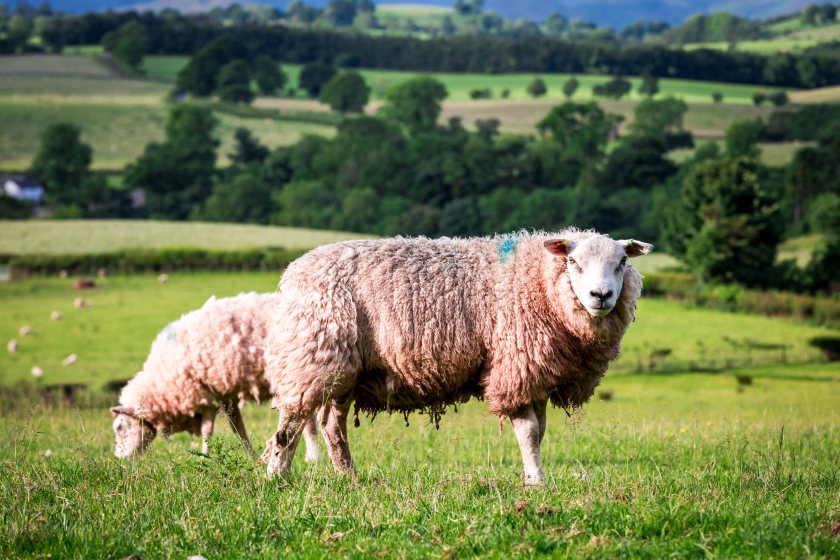
Farmers are being warned not to “treat too early” this autumn, as experts say liver fluke levels are running later than usual and routine dosing could leave livestock exposed rather than protected.
Experts from SCOPS (Sustainable Control of Parasites in Sheep) and COWS (Control of Worms Sustainably) say the 2025/26 fluke season is running late again — and sticking to old treatment dates risks disease, wasted money and avoidable losses.
A fresh review of laboratory reports and field data confirms a pattern seen over recent years: fluke activity is both lower and later across much of the UK.
“This follows patterns of the last few years, with a lower and later liver fluke challenge than expected in many parts of the country,” said Philip Skuce of Moredun.
“Even in areas in the west of Scotland, where we traditionally expect a very high challenge in the autumn, we are still not seeing any significant signs of liver fluke in the first half of November.”
This shift is catching farmers out. According to Rebecca Mearns of APHA, those who continue to treat at traditional seasonal points — for example, dosing ewes around tupping — are often acting too early.
She warned that this leaves stock completely exposed once they return to high-risk grazing, because flukicides offer no residual protection. As she put it, “there is no such thing as an insurance policy when it comes to liver fluke treatment."
"Flukicides have no residual effect, so if livestock are put back on to ‘flukey’ areas after treatment, they are just as susceptible to picking up infection as untreated stock.”
Treating before infection is present does more than waste product. It drains budgets, fails to protect livestock at the point of real risk, and increases the likelihood of higher disease levels later in the winter. It also means additional labour, rising vet bills and potential drops in performance.
Farmers say constantly shifting weather patterns are making traditional timings unreliable. Warmer early autumns followed by sudden wet spells are disrupting the life cycle of the mud snail, delaying the point at which livestock start to pick up infection. As a result, the old “autumn treatment window” is no longer a safe guide.
Testing is now the only reliable way to judge if treatment is needed. The earliest indicators come from antibody tests such as ELISA blood tests or Lateral Flow Tests taken from ear or nose pricks.
These are useful soon after infection occurs, but only for first-season grazing animals like lambs or calves; older stock may carry residual antibodies from previous years.
Many farms now use these young animals as sentinels, testing them every three to four weeks until they either produce a positive result — indicating the need to treat — or until fluke have matured to a stage where faecal tests become valid.
Farmers are being strongly encouraged to speak to their vet or animal health adviser before giving any routine flukicide treatments this autumn, to avoid mistimed control and wasted money.
As winter approaches, vets and scientists are united in their message: test — don’t guess.
